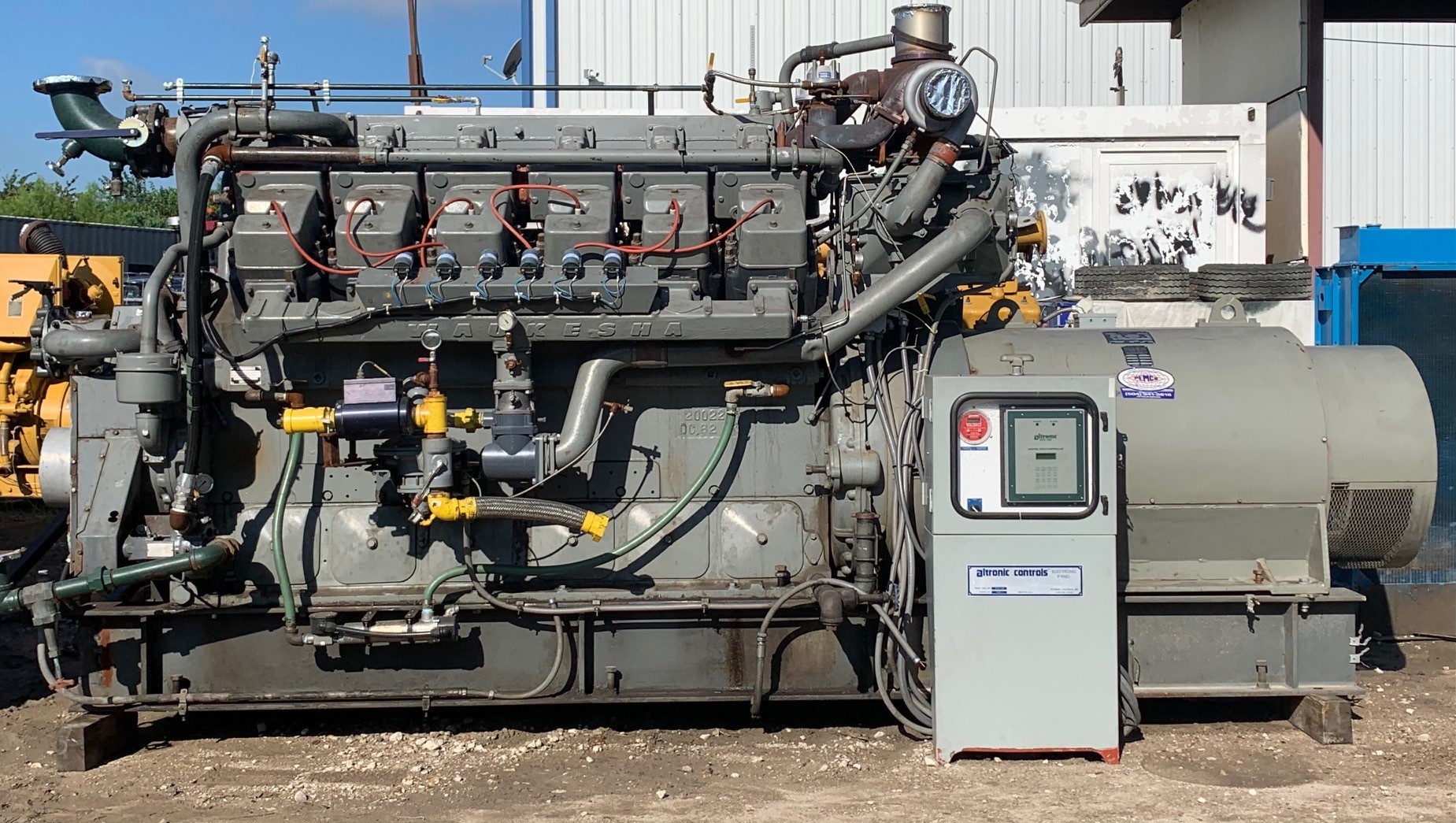Leading Tips for Inspecting Used Engines for Sale Before Buying
Leading Tips for Inspecting Used Engines for Sale Before Buying
Blog Article
Important Factors To Consider for Making Sure High Quality and Durability being used Engines
When considering the purchase of a used engine, ensuring its high quality and durability calls for a multifaceted method. Maintenance history is an essential variable, as it gives understanding right into the engine's past care and prospective future integrity. Past documentation, a comprehensive assessment of physical parts-- such as belts, hoses, and seals-- can expose covert problems. Performance screening is also critical, providing a picture of the engine's functional effectiveness. Nevertheless, comprehending the subtleties of these assessments and their effects can be intricate. What are the vital techniques that can be utilized to browse this detailed evaluation process successfully?
Engine History Examination
In the realm of used engines, a detailed engine history examination is extremely important to guaranteeing quality and dependability. Understanding an engine's past can supply vital insights right into its performance capabilities and potential future durability.
Additionally, examining any kind of background of repairs or substitutes is essential. Engines that have undertaken significant fixings might have underlying problems that can resurface. Comprehending the context of such repairs, whether because of making defects or proprietor negligence, is important in developing a comprehensive assessment. Analyzing the engine's gas mileage can serve as an indication of wear and tear. Reduced gas mileage engines are usually better, but it is likewise important to take into consideration just how those miles were collected. An engine utilized largely for long-distance freeway driving may be in better problem than one based on frequent stop-and-go city website traffic.
In essence, an extensive examination right into an engine's history is important for making enlightened acquiring decisions. used engines for sale.
Comprehensive Examination Overview
While comprehending an engine's history provides beneficial context, a detailed evaluation is the following step to ensure its existing problem straightens with historical data. The inspection needs to start with an aesthetic evaluation, examining for indications of leakages, deterioration, and unusual wear. Check the exterior for oil stains or coolant marks, which may show underlying issues.
Next, review the engine's mounting system for any kind of loosened bolts or irregularities that might affect performance. Pay attention to the problem of belts and pipes, as these parts are critical for optimum engine functionality. Analyze for fractures, fraying, or any signs of deterioration.
Identifying Put On and Tear
Recognizing indicators content of wear and tear is essential for evaluating a made use of engine's long life and dependability. It includes a thorough assessment of numerous engine elements to establish their existing state and possible future efficiency. Typical indicators consist of noticeable deterioration, which can influence steel components and compromise structural integrity. Corrosion on or around the engine block, cyndrical tube heads, and exhaust manifolds is especially concerning.
One more essential aspect is inspecting the engine's seals and gaskets. Furthermore, irregular noises during engine operation, such as knocking or ticking noises, might indicate inner damage or excessive wear on relocating components like pistons or bearings.
The condition of belts and tubes is similarly vital, as they play a vital role in the engine's overall function. Cracked or frayed belts and breakable pipes are indications of maturing that could cause engine failure if disregarded. Finally, examining the oil problem and filter can provide insights into previous maintenance practices, as dirty oil or clogged filters recommend neglect and sped up wear.
Performance Testing Essentials
Reviewing the wear and tear of engine parts establishes the stage for a detailed analysis through efficiency testing. Performance testing serves as an important measure in establishing the functional integrity of a used engine.
Utilizing dynamometers is a common technique in performance testing. These devices measure the engine's result throughout numerous conditions, supplying a comprehensive profile of its capability. Additionally, on-road testing matches dynamometer analyses by observing engine actions under typical driving situations, ensuring it fulfills the called for standards for both safety and performance.
These tools assess engine administration systems, identifying faults in digital components that could affect performance. Comprehensive screening not just confirms the engine's operational status but also help in forecasting future upkeep needs.
Maintenance and Care Tips
Appropriate upkeep and treatment are critical to lengthening the life-span of a used engine and ensuring its consistent performance. Normal oil modifications are extremely important; utilizing the manufacturer's suggested oil type and quality can original site prevent too much damage. Additionally, oil filters ought to be changed simultaneously to keep ideal lubrication and sanitation within the engine.
Checking liquid levels, including coolant, transmission fluid, and brake liquid, is vital. Making sure these liquids go to suitable degrees helps stop getting too hot and other mechanical issues. Inspecting belts and hoses for indications of wear, such as cracks or fraying, can avert possible failures that might result in expensive repairs.
Regular assessment of the air filter is also necessary, as a tidy filter makes sure reliable airflow and combustion, therefore maximizing engine performance. Ignition system need to be checked over at this website and changed when required to maintain efficient fuel burning and avoid engine misfires.
Finally, regular diagnostic checks using specialist devices can recognize potential problems before they end up being considerable issues. By adhering to these upkeep and treatment ideas, utilized engine proprietors can guarantee their engines stay trustworthy, reliable, and with the ability of doing more than an extensive duration.
Conclusion

Report this page